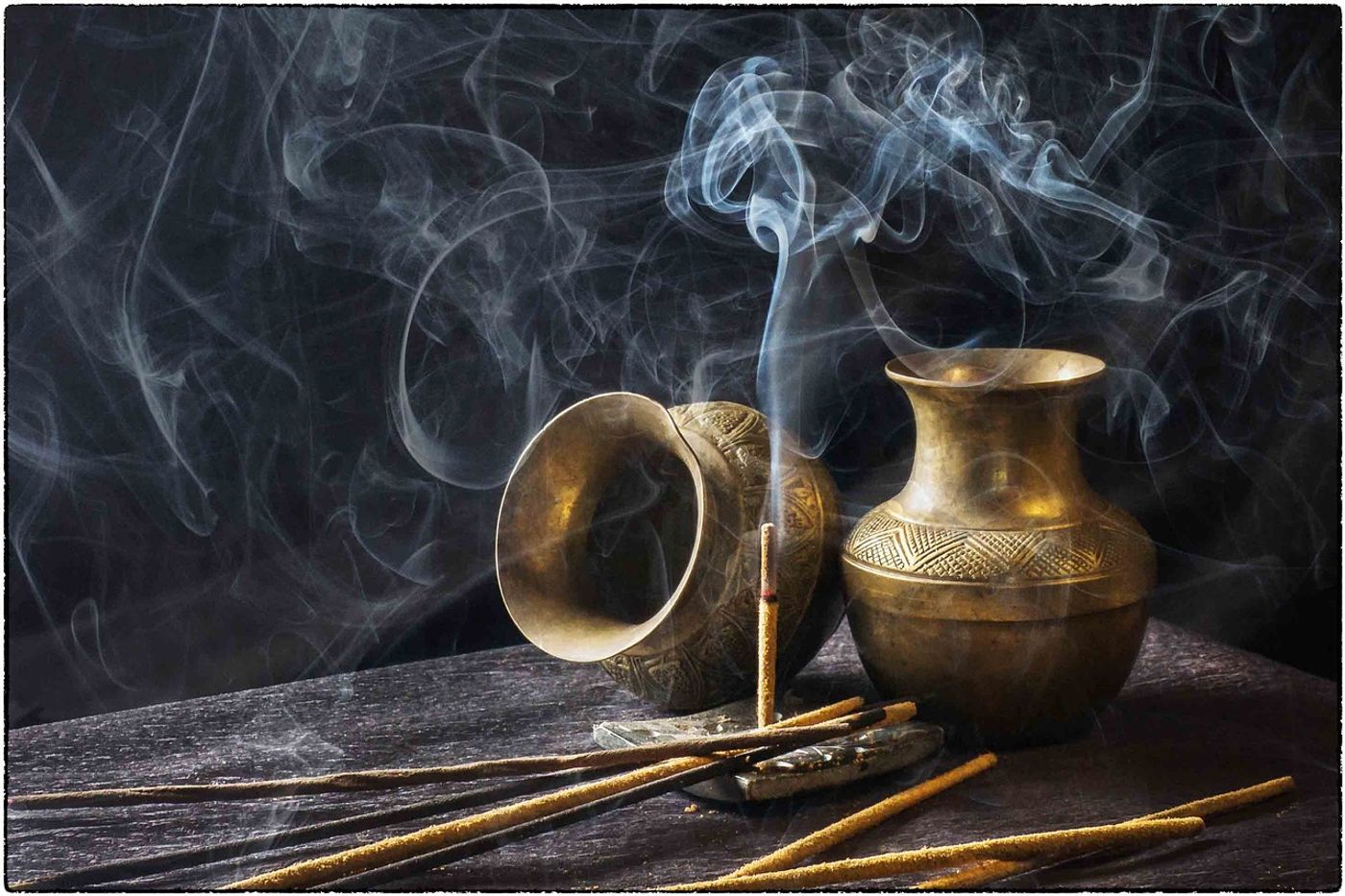Frankincense-Producing Trees are in Peril
Frankincense has been cherished for thousands of years, utilized in cultural and religious ceremonies as well as cooking and creating aromatics. Frankincense resin comes from the dried sap of Boswellia trees and shrubs, which according to The Guardian are found mainly throughout the Horn of Africa and Arabian Peninsula.
According to a study published in Nature Sustainability last week, this treasured resource is in serious peril. In a Nature Research Sustainability Community post regarding the study, lead researcher Frans Bongers recalled viewing frankincense trees in Eritrea for the first time. He asked, “where were the young plants?” and remembered that the “resin tapping spots on the stems were many and rough.” After realizing the cultural importance of frankincense to the regions he visited, Bongers began a “long research program to try to solve part of the missing knowledge, which had many faces.” The simple problem, according to Bongers, is that “frankincense trees and shrubs don’t get the attention they need. So far, nowhere production is sustainable.”
To quantify the perilous state of Boswellia trees and frankincense production, the research team assessed nearly 22,000 Boswellia papyrifera trees across 23 sites in East Africa. By assessing growth ring data and demographic models of 33% of the trees, they found that 75% of the populations studied “lack small trees and natural regeneration has been absent for decades.” Based on all of this information, the team projected that frankincense production will be reduced by 50% in 20 years.
The population collapse of B. papyrifera is attributed to human impacts such as uncontrolled cattle-grazing, frequent burns, and unsustainable (or “reckless” as the scientists call it) tapping. To mitigate further population declines and increase the growth of B. papyrifera, the scientists recommend cattle enclosures and firebreaks as well as planting more trees and regulating tapping.
Other Boswellia species face similar threats. In his post, Bongers says that there are other species that produce frankincense of differing qualities. In recalling the first international Frankincense symposium last October, Bongers said that “trade was becoming an issue, and discussions and joint efforts started. This stimulated broadening our story to include the other main frankincense species.” He concluded his post by suggesting long-term, integrated research on the entire Boswellia genus to create sustainable management and production of frankincense, which as he reminds readers, has been “traded for 4,000 years already, for good reasons.”
Sources: Nature, Science Magazine, Nature Research Sustainability Community, The Guardian









